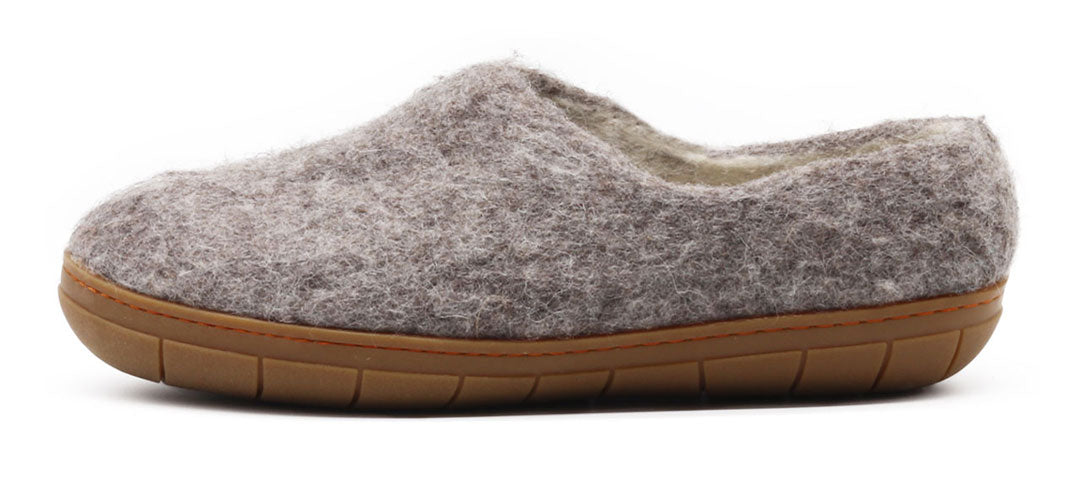
Why Wool Is Such a Good Insulator
March 03, 2025 2 min read
When it comes to insulation, few natural fibers can compete with wool. For centuries, wool has been used in clothing, blankets, and even home insulation, proving its effectiveness in keeping warmth in and cold out. But what makes wool such a fantastic insulator? Let’s explore the science behind wool’s remarkable thermal properties and why it continues to be a top choice for warmth and comfort.
1. Natural Crimp and Loft
One of wool’s most distinguishing features is its natural crimp, which gives the fibers a spring-like structure. This crimp creates tiny air pockets within the fabric, and these air pockets act as a barrier to heat transfer. Because air is a poor conductor of heat, the trapped pockets help retain body heat in cold conditions while keeping excess warmth out in hotter environments.
2. Moisture Management
Unlike synthetic fibers, wool has a unique ability to manage moisture without compromising its insulating properties. Wool can absorb up to 30% of its weight in water while still feeling dry to the touch. This is because the inner core of the wool fiber is hydrophilic (water-attracting), while the outer layer is hydrophobic (water-repelling). Even when damp, wool retains its insulating ability, making it an excellent choice for outdoor and cold-weather activities.
3. Temperature Regulation
Wool is often referred to as a ‘smart fiber’ because it adapts to environmental conditions. In cold weather, it traps warm air close to the body, providing warmth. In warmer conditions, it wicks moisture away and allows breathability, preventing overheating. This makes wool an excellent all-season insulator, useful for everything from winter coats to summer hiking socks.
4. Durability and Longevity
Wool fibers are naturally elastic and resilient, meaning they can be stretched and compressed without losing their shape. This durability contributes to its long lifespan and continued effectiveness as an insulator. Unlike synthetic materials that can degrade over time, wool maintains its structure and insulating properties for years.
5. Fire Resistance
Another unique property of wool is its natural fire resistance. Wool fibers have a high ignition temperature and self-extinguish when exposed to flames. This makes wool an excellent choice for insulation in environments where fire safety is a concern, such as in home furnishings and protective clothing.
Other Fabrics That Provide Superior Insulation
While wool is a fantastic natural insulator, some other materials can provide even better thermal retention in specific conditions:
- Down – The fine, fluffy feathers from ducks or geese provide superior warmth-to-weight insulation, making down jackets and sleeping bags incredibly effective in extreme cold.
- Synthetic Insulation (e.g., PrimaLoft, Thinsulate) – These man-made fibers mimic the loft of down while maintaining insulation even when wet, making them ideal for wet and cold conditions.
- Alpaca Wool – Similar to sheep’s wool but with finer fibers, alpaca wool offers superior warmth and is naturally hypoallergenic.
- Cashmere – Derived from the undercoat of cashmere goats, this luxurious fabric is extremely soft and provides excellent insulation with a lighter weight.
While each fabric has its own strengths, wool remains one of the most versatile and sustainable choices for insulation. Whether you’re bundling up for winter or looking for a breathable yet warm layer, wool continues to stand the test of time as one of nature’s best insulators.
Subscribe
Sign up to get the latest on sales, new releases and more …




